Foodie’s Paradise: Indulging in Spain’s Most Delicious Bites from North to South
Foodie's Paradise: Indulging in Spain's Most Delicious Bites from North to South - Seafood Feasts on the Northern Coast
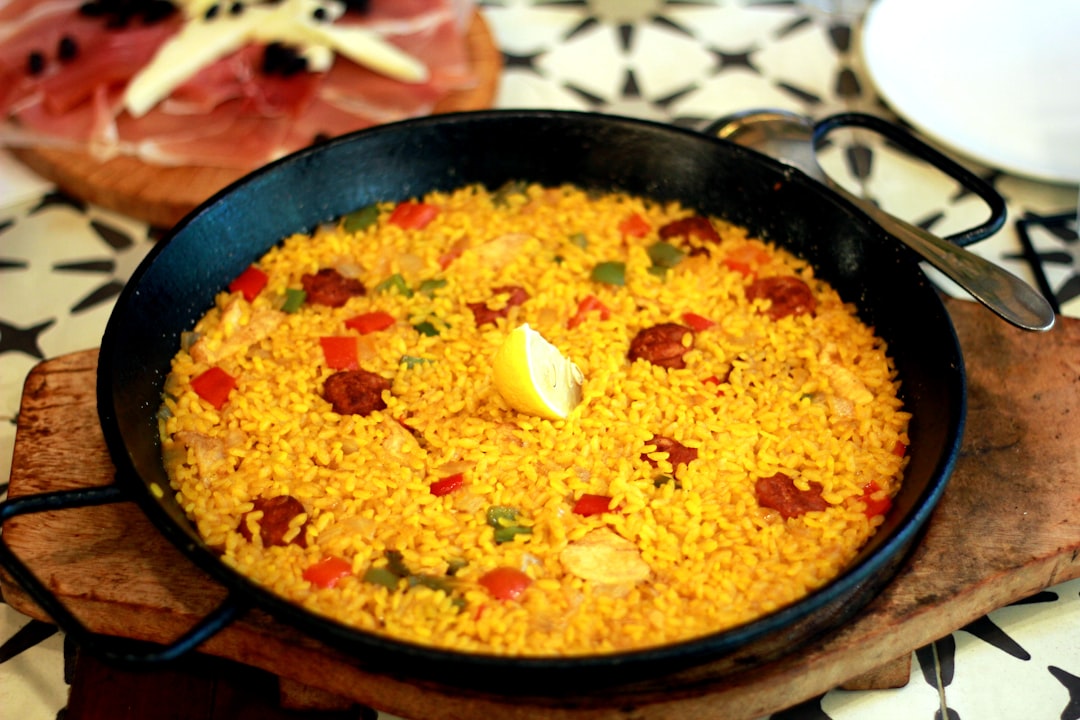
Spain's northern coastline along the Bay of Biscay offers a bounty of fresh seafood feasts for travelers. This rugged and dramatic coast stretches across the regions of Galicia, Asturias, Cantabria, and the Basque Country. With crashing waves, picturesque fishing villages, and seafood markets overflowing with the daily catch, it's a dream destination for any foodie.
Galicia is renowned as the seafood capital of Spain. No trip here is complete without indulging in a plate of pulpo a la gallega - tender octopus drizzled in olive oil and paprika, a signature Galician dish. The port cities of A Coruña and Vigo have excellent marisquerias (seafood restaurants) lining the harbors. Order a platter of percebes (goose barnacles), zamburiñas (small scallops), cigalas (langoustines), and navajas (razor clams). Pair it with a crisp, dry Albariño white wine from Rías Baixas.
Heading east into Asturias, seafood staples include oricios (sea urchins), angulas (baby eels), and merluza (hake). In the colorful fishing village of Cudillero, feast on fresh-caught shrimp while watching fishermen haul in their nets. Oviedo, the regional capital, is renowned for its sidrerías - cider houses serving heaping platters of seafood to accompany tart local cider.
The rugged Basque Country stretches along the coast from Bilbao to San Sebastián, with countless pintxo bars and seafood restaurants. The lively Old Town in San Sebastián offers exceptional dining right along the harbor. Indulge in plates of gambas al ajillo (garlic shrimp), chipirones (baby squid), kokotxas (hake cheeks), and txipirones (squid) at historic institutions like La Cepa and La Cuchara de San Telmo.
While Cantabria is less renowned for seafood compared to its coastal neighbors, the elegant beach town of Santander still has plenty of marisquerias lining the harbor. Try the local specialty of rabas - fried squid rings. Nearby in the tiny fishing village of Santoña, order a plate of percebes scraped right off the rocks.
What else is in this post?
- Foodie's Paradise: Indulging in Spain's Most Delicious Bites from North to South - Seafood Feasts on the Northern Coast
- Foodie's Paradise: Indulging in Spain's Most Delicious Bites from North to South - Pintxos Hopping in Basque Country
- Foodie's Paradise: Indulging in Spain's Most Delicious Bites from North to South - Rioja and Ribera Wines to Sip Through Central Spain
- Foodie's Paradise: Indulging in Spain's Most Delicious Bites from North to South - Madrid's Vibrant Food Markets
- Foodie's Paradise: Indulging in Spain's Most Delicious Bites from North to South - Toledo's Famous Almond Sweets
- Foodie's Paradise: Indulging in Spain's Most Delicious Bites from North to South - Valencia, Home of Paella
- Foodie's Paradise: Indulging in Spain's Most Delicious Bites from North to South - Andalusia's Fresh Seafood and Sherry
- Foodie's Paradise: Indulging in Spain's Most Delicious Bites from North to South - Granada's Sweet Arab-Influenced Desserts
Foodie's Paradise: Indulging in Spain's Most Delicious Bites from North to South - Pintxos Hopping in Basque Country
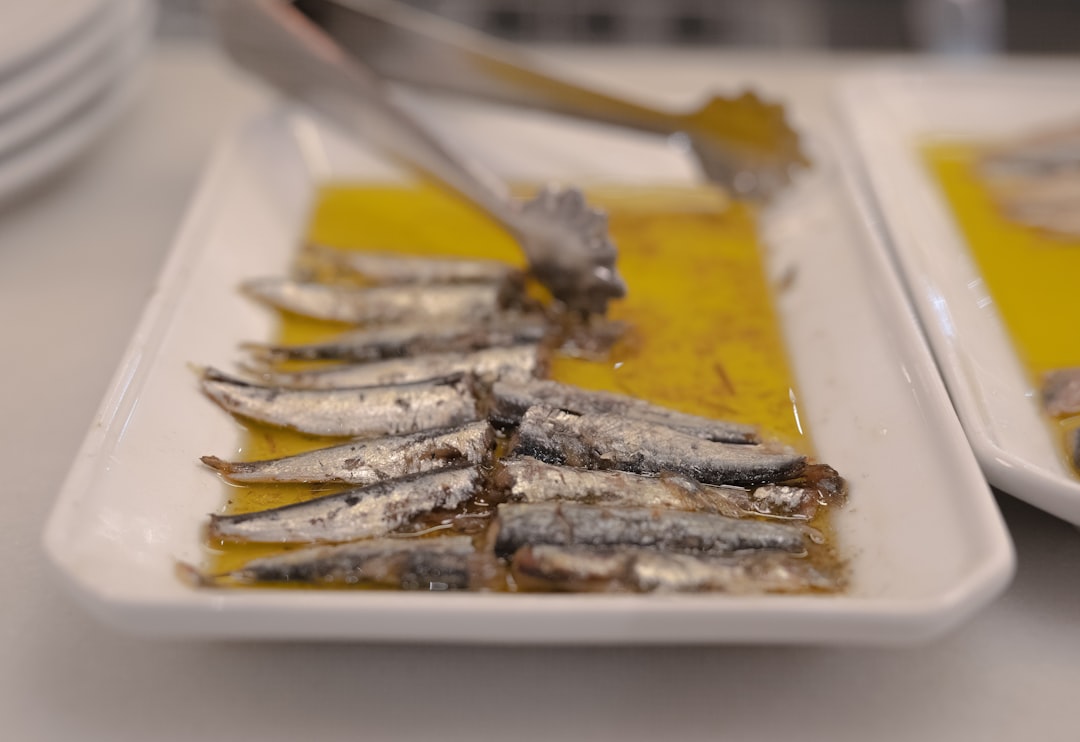
No trip to Spain's Basque Country is complete without embarking on a pintxos crawl through the lively bars of San Sebastián and Bilbao. Pintxos, the Basque version of tapas, are bite-sized masterpieces - the perfect pairing of flavor and texture atop a slice of bread. Hopping between pintxos bars is a favorite local pastime and the ultimate way to experience Basque culinary culture.
The highlights of any pintxos adventure are the famous Gilda pintxos speared with a toothpick - an anchovy wrapped around a chili pepper, olive, and pickle. Other popular pintxos include tortilla de patatas (Spanish omelette), pulpo a la gallega (octopus with paprika), croquetas (fried croquettes), and bacalao al pil pil (cod in an emulsion of olive oil and garlic). The combinations are endless, with chefs constantly innovating.
While you can find pintxos bars throughout the Basque Country, the Old Town in San Sebastián boasts the highest concentration. La Parte Vieja is packed with legendary spots like Bar Zeruko, A Fuego Negro, and La Cuchara de San Telmo. Grab a glass of Txakoli (the local slightly sparkling white wine) and take your time hopping between bars, sampling 2-3 pintxos at each. It's the ideal way to experience the creative energy of Basque culinary culture.
According to food writer Patricia Harris, "we found ourselves seduced from bar to bar - the crawl is part of the culture here." She highlights standouts like the foie gras with apple jelly and salted caramel at A Fuego Negro, calling the inventive combinations "culinary poetry."
Travel blogger Ayngelina Brogan embarked on a five-hour pintxos crawl through San Sebastián, savoring specialties like fried anchovies, mushroom duxelle on toast, and seared tuna belly. She highlights the laid-back, convivial atmosphere of the bars, with locals mingling and recommending their favorite bites.
While San Sebastián may be the pintxos capital, Bilbao also shines. The Old Town is dotted with excellent bars like Gure Toki, Irrintzi, and Xukela. Food critic Andy Pietrako raves about the atmosphere, calling a Bilbao pintxos crawl "three hours of eating, drinking, laughing and meeting fellow travelers from around the world."
He highlights creative bites like foie gras lollipops, bacon-wrapped dates stuffed with almonds, and croquetas made with ham, spinach, and bechamel. Pairing the pintxos with local wines like Txakoli and Rioja led to an unforgettable experience.
Foodie's Paradise: Indulging in Spain's Most Delicious Bites from North to South - Rioja and Ribera Wines to Sip Through Central Spain
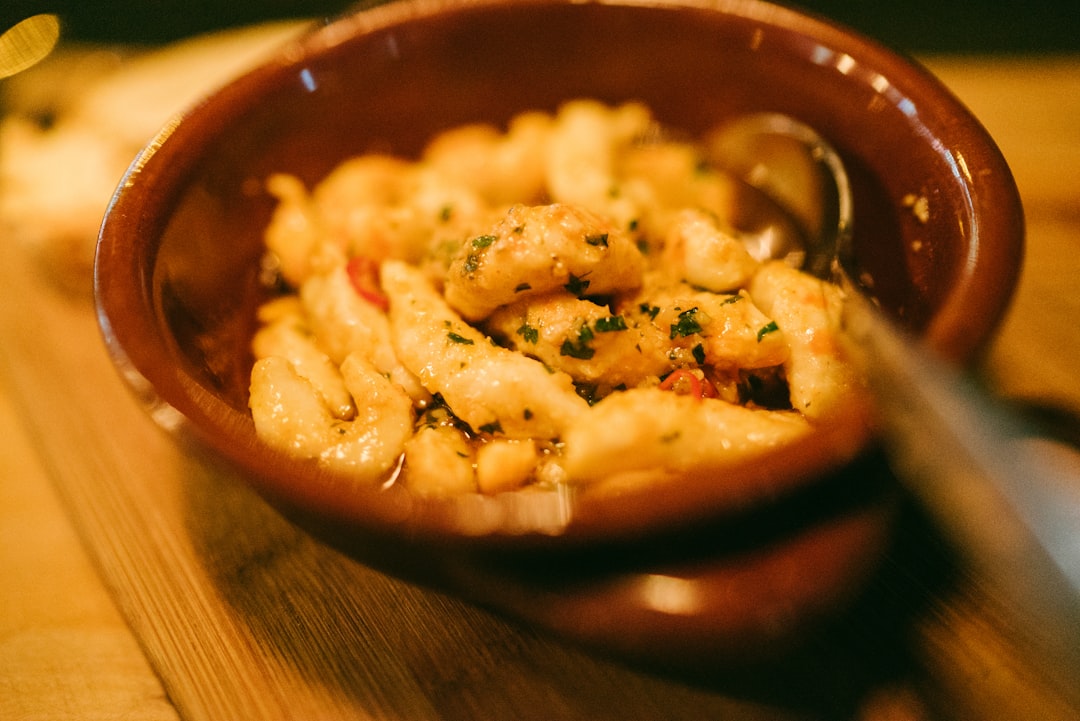
The rolling hills of central Spain are home to two of the country's most renowned wine regions - Rioja and Ribera del Duero. For any wine lover exploring Spain, savoring the bold Tempranillos and elegant blends from these regions is a must. The temperate climate, high elevations, and limestone-rich soils create ideal conditions for producing complex, age-worthy wines.
Rioja remains Spain's most prominent wine region. The mild Mediterranean influence blending with the continental climate makes Rioja an extremely versatile wine region. Bodegas dot the hillsides around the Ebro River, producing vibrant young Crianzas along with Reservas and Gran Reservas designed for long-term cellaring. Rioja relies heavily on the Tempranillo grape, often blended with Garnacha, Graciano and Mazuelo.
According to wine writer James Suckling, "Rioja remains one of the great red wine regions of the world. The combination of native grapes, climate, soils and winemaking come together to produce wines with elegance, complexity, and the ability to age gracefully." He highlights standouts like the Lopez de Heredia Viña Tondonia Reserva, calling it "one of Spain’s greatest wines; complex, savory and ageworthy."
While in Rioja, visit the medieval walled town of Laguardia, filled with historic bodegas. Explore underground cellars and sip wines directly from the barrel. Nearby Elciego is home to the architecturally stunning Marqués de Riscal winery, designed by Frank Gehry. Their flagship Rioja boasts flavors of "blackberries, spice and cocoa with velvety tannins," according to wine critic James Molesworth.
Just south lies Ribera del Duero, known for bold, complex Tempranillos grown at extremely high elevations. Ribera del Duero's continental climate features drastic shifts between day and night temperatures, preserving acidity in the grapes. The top wines of Ribera del Duero are rich, intense expressions of 100% Tempranillo, often aged extensively in oak.
According to wine expert Oz Clarke, "Ribera del Duero produces reds with more weight and muscle than Rioja.” He highlights cult wines like Vega Sicilia’s Único, calling it “world-class, ageworthy, and as thrilling as the finest Bordeaux.” Other critics rave about up-and-coming producers like Matarromera and Pesquera, whose wines offer “layers of blackberry, leather and baking spice.”
Foodie's Paradise: Indulging in Spain's Most Delicious Bites from North to South - Madrid's Vibrant Food Markets
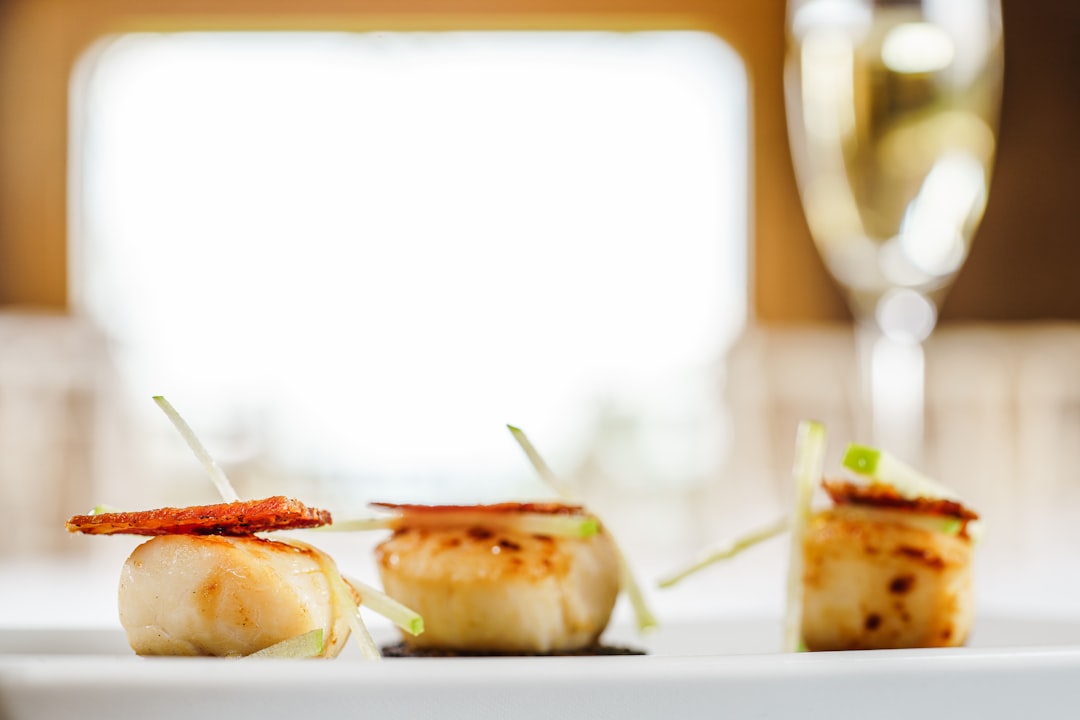
Madrid boasts some of Spain's most vibrant, bustling food markets, where locals flock daily to shop for fresh produce, meat, seafood and gourmet products. For any food-focused traveler, an immersive visit to Madrid's markets offers a glimpse into the very soul of the city.
The historic Mercado de San Miguel near Plaza Mayor stands out as Madrid's most famous market. This early 20th century iron and glass structure has been meticulously restored, now housing over 30 gourmet food stalls. As travel blogger Guy Rubin describes, “Mercado de San Miguel is foodie heaven. Grab a cone of fresh-shucked oysrs or a glass of cava and wander the stalls, sampling jamon Iberico, stuffed olives, artisanal cheeses, and chocolate confections from all over Spain.”
Equally renowned is the Mercado de San Antón in the Chueca neighborhood. It began as a traditional neighborhood market but has morphed into a hip culinary destination. The ground floor remains a traditional market with produce, meat and fish stalls. But head upstairs to find over a dozen restaurants, wine and vermouth bars, and food shops.
Food critic Devorah Lev-Tov explains that at Mercado de San Antón, “Madrileños sip wine or beer as they graze through the market, choosing from pinchos of octopus, stuffed peppers, cured meats, cheeses, and more.” She highlights creative bites like oxtail empanadas, mushroom croquetas, and seared tuna tataki. It encapsulates the cosmopolitan, food-obsessed energy of modern Madrid.
For a more local, authentic experience, check out the Mercado de Maravillas in the Malasaña neighborhood. This traditional market has meat, fish, and produce vendors catering to local residents. Poke around to discover unique ingredients and observe neighborhood characters going about their daily shopping.
According to travel writer Erin L. McCoy, “Though compact in size, Mercado de Maravillas will give you a little taste of the real Madrid. Expect to hear the slap of fresh fish hitting tables, see strings of garlic and peppers hanging from rafters, and catch whiffs of cured meats and ripe cheese.” She highlights savoring slices of tortilla española, chorizo sandwiches, and glasses of tinto de verano from the market stalls.
Foodie's Paradise: Indulging in Spain's Most Delicious Bites from North to South - Toledo's Famous Almond Sweets
The imperial city of Toledo stands atop a rocky hill surrounded by the sweeping plains of Castilla-La Mancha. This UNESCO World Heritage site was once the capital of Spain, renowned for religious tolerance and artistic achievements during the Middle Ages. While the city's cultural landmarks like the 13th century Gothic cathedral and El Greco museum draw tourists from around the world, Toledo also tantalizes visitors with its signature culinary treat - almond sweets. As travel writer David Rocco declares, "Toledo's marzipan is legendary, a buttery treat that every visitor must sample."
The specialty of Toledo is marzipan, a sweet confection made from ground almonds, sugar, and egg whites. According to legend, marzipan was invented in Toledo in the Middle Ages when a shortage of wheat forced locals to get creative with almonds. The nuns at the Convent of San Clemente became masters of crafting marzipan figurines and other shapes. To this day, convents like San Clemente and Madre de Dios specialize in selling elaborate marzipan creations like fruits, animals and religious figures.
Beyond the convents, Toledo's bakeries overflow with irresistible marzipan delicacies. At Santo Tomé pastelería in the Jewish quarter, pick up a wedge of tart de Santiago - almond cake made with a marzipan filling. Locals love dipping the sweet, dense cake into their morning coffee. Just down the street, Mazapán de Toledo specializes in mazapán de la monja, a marzipan cylinder filled with egg yolk and baked. Their showroom dazzles with colorful marzipan fruits and whimsical shapes like Cinderella's carriage.
No discussion of Toledo's sweets is complete without the city's famous almond cookies, delicately crunchy and bursting with almond flavor. Stop by Damas Esperanza to pick up a bag of their melt-in-your-mouth amarguillos. This 100-year-old bakery still uses traditional copper molds to shape the cookies. Nearby, Santo Tomé sells polvorones - crumbly, buttery cookies with almonds and cinnamon.
Food critic Devorah Lev-Tov explains that these almond sweets are "meant to be enjoyed slowly, with a strong cup of Spanish coffee." She highlights the "subtle almond flavor" of the various cookies and cakes, noting that the high quality, locally grown almonds make all the difference. Other writers emphasize picking up a selection of marzipan, amarguillos, and mazapán to enjoy as edible souvenirs or gifts for loved ones back home.
Beyond the sweets, Toledo also dazzles visitors with its rich history, architectural treasures, and stunning views. Travelers recommend staying overnight to experience Toledo's beauty after the day-trippers have departed. Wander the stone lanes and alleyways, take in a Flamenco show at one of the cave bars, and dine on classic central Spanish cuisine. Toledo brings history alive through its winding medieval streets, grand plazas, and imposing stone walls and fortresses.
Foodie's Paradise: Indulging in Spain's Most Delicious Bites from North to South - Valencia, Home of Paella
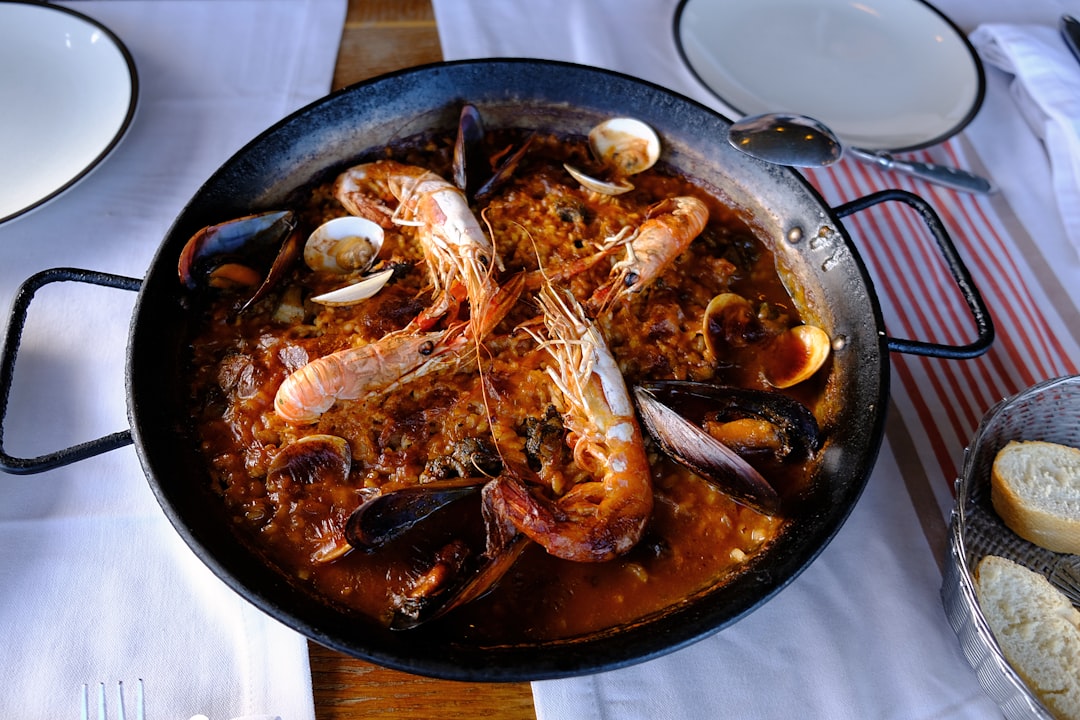
No discussion of Spanish cuisine is complete without mentioning paella, the iconic rice dish synonymous with Spain. And no city is more closely linked to paella than Valencia, nestled on the Mediterranean coast. Valencia claims to be the birthplace of paella, and the city's love affair with its signature dish remains strong. From beachside restaurants to family-run holes-in-the-wall, Valencia offers countless opportunities to savor authentic paella.
According to food writer Devorah Lev-Tov, “Valencia is devoted to paella, a dish as integral to the city's identity as flamenco is to Seville's.” She explains that paella traces its origins to the mid-19th century, when Valencian farmers cooked rice, veggies, and snails over wood fires in the fields. Today, paella remains a cherished part of Valencian culture and daily life. Locals flock to their favorite restaurants to savor paella for Sunday lunch, gathering with friends and family over heaping pans of the saffron-tinted rice.
The most authentic paella experience can be found at the string of restaurants lining the beaches north of the city center. With the sand between your toes and the fresh sea breeze in your hair, dig into a pan of paella de mariscos, brimming with mussels, squid, shrimp, and other seafood. Travel blogger Ayngelina Brogan describes the scene at Playa de la Malvarrosa: “Every restaurant has outdoor seating and a view of the sea. Tables are filled with locals and tourists alike, sharing paella and the perfect sangria.”
Venturing into the city center, head to the bustling Mercado Central to wander the paella stands. Food critic Patricia Harris raves, “For the best market paella, look for the longest lines and join in.” She highlights the “smoky, salty flavors” of paella cooked over wood fires right in the market stalls. Another atmospheric option is the riverside neighborhood of El Cabanyal, home to generations-old paella restaurants like Casa Carmela and El Rall.
While seafood paella may be the city’s signature, Valencia also offers countless variations. Travelers recommend seeking out authentic paella valenciana, studded with rabbit, chicken, white beans, and snails. The rice gets its famous socarrat crust from the bottom of the pan. At L'Estimat, an institution since 1946, their paella valenciana is “decadently jammed with ingredients,” according to critic Andy Pietrako. He highlights the “complex flavors” and “tender, flavor-infused rice.”
Beyond the classic seafood and valenciana paellas, part of the fun is sampling creative modern twists. At El Rodamón de Russafa, try their black paella tinted with squid ink, or the seasonal wild mushroom paella studded with porcini and chanterelles. The experimental spirit embodies Valencia's continued passion for reinventing and celebrating its favorite dish.
Foodie's Paradise: Indulging in Spain's Most Delicious Bites from North to South - Andalusia's Fresh Seafood and Sherry
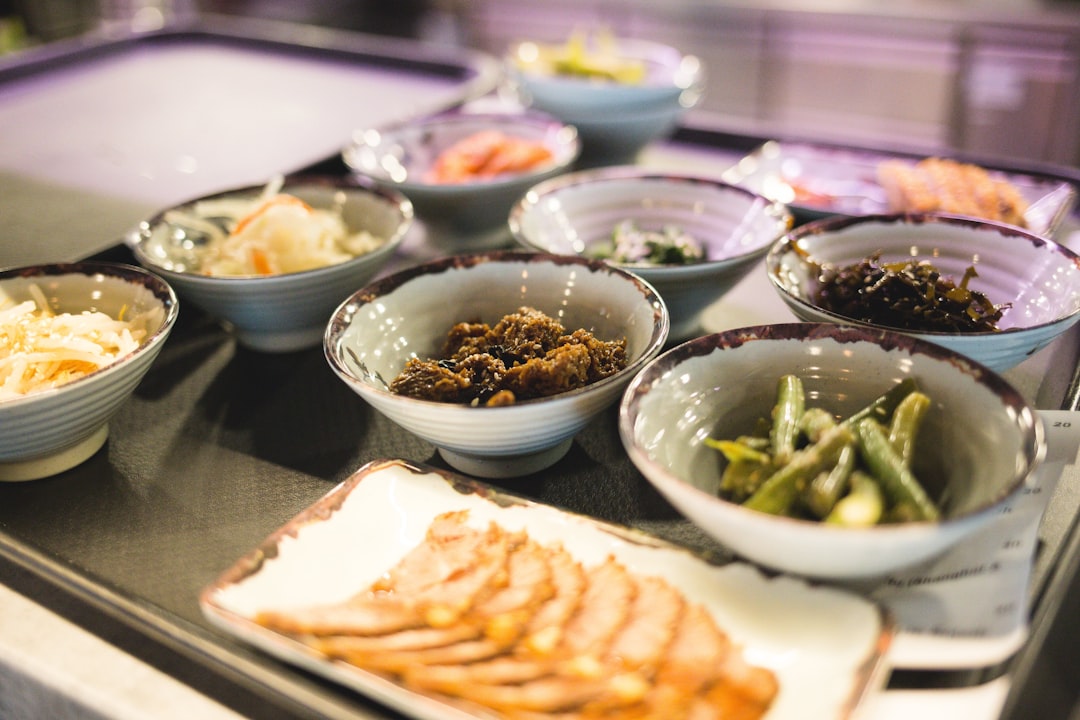
The sun-soaked region of Andalusia boasts a bounty of fresh seafood along its coast, best enjoyed with a glass of the region's famed sherry wine. As travel writer Patricia Schultz raves, “Seafood and sherry are Andalusian staples that should be on every visitor's must-eat list." From fried fish in Malaga to ocean-fresh sardines in Cadiz, indulging in Andalusia's seafood is a highlight for many travelers.
The port city of Malaga is brimming with marisquerias serving up the catch of the day. Food critic Devorah Lev-Tov recommends El Tintero, calling it an "only-in-Andalucía experience" where waiters circle with plates of fried fish shouting “¡El Tintero!” to hawk their wares. She highlights sizzling plates of calamares fritos, fried anchovies, and jurel (horse mackerel), best enjoyed with a glass of cold beer or local wine.
Nearby Nerja charms visitors with its dramatic hilltop location overlooking the sea. At beachside chiringuitos like Ayo's, sample espetos de sardinas - fresh sardines grilled on a skewer over an open fire. The lightly charred sardines pair perfectly with a glass of chilled manzanilla sherry. As travel blogger Ayngelina Brogan describes, the chiringuitos offer “the freshest seafood with panoramic views of the Mediterranean and the smell of saltwater in the air.”
Further west in Cadiz, travelers rave about the seafood at El Faro de Cádiz, housed in a historic lighthouse overlooking the city's coastline. Food critic Andy Pietrako highlights their fried mix of small fish and shrimp, calling the texture “light and airy” and the flavor “briny from the nearby sea.” Locally caught lenguado (sole) and lubina (sea bass) also shine.
No seafood feast is complete without pairing it with a glass of sherry, Andalusia's famous fortified wine. The "Sherry Triangle" lies inland between Jerez de la Frontera, Sanlúcar de Barrameda, and El Puerto de Santa María. Here the Palomino grape thrives in the region's chalky albariza soil. Travel writer David Rocco calls sherry “one of the world’s most fascinating and complex wines,” ranging from bone-dry finos to rich, nutty olorosos and sweet pedro ximénezs.
Foodie's Paradise: Indulging in Spain's Most Delicious Bites from North to South - Granada's Sweet Arab-Influenced Desserts
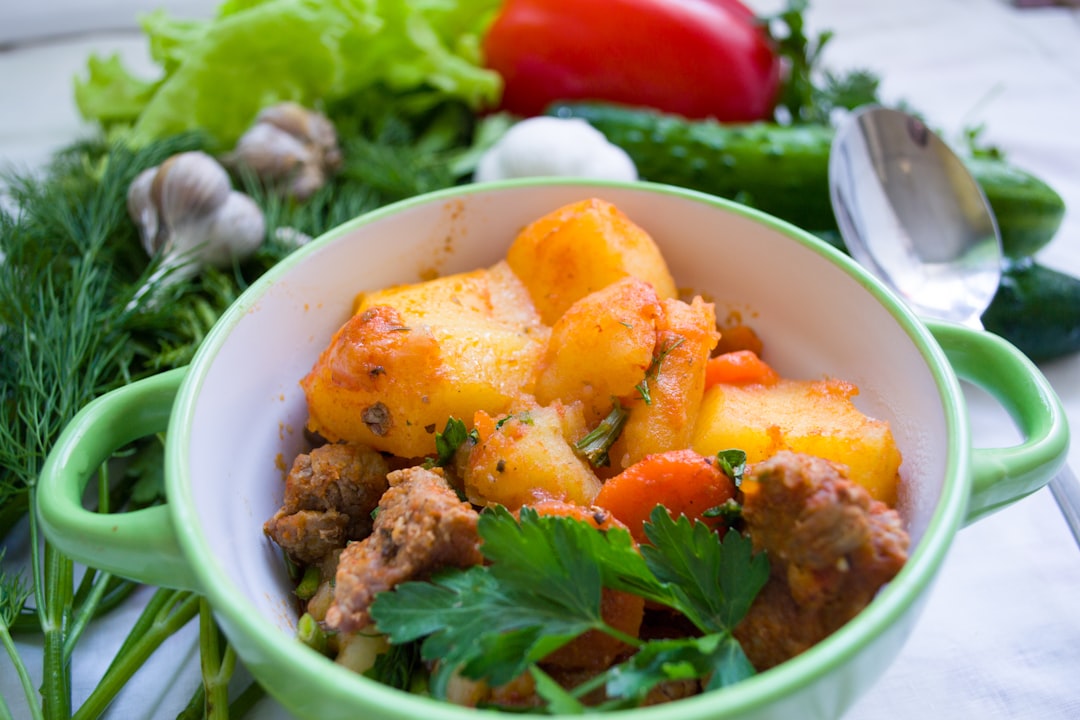
Granada stands as the final stronghold of Moorish rule in Spain, with the Alhambra palace and Generalife gardens offering a window into 700 years of Muslim reign. This enduring Arab influence remains alive in Granada's cuisine, especially in its beloved desserts enriched with aromatic spices, nuts, and dried fruits. Strolling the cobblestone lanes of the Albayzín neighborhood, keep an eye out for traditional bakeries selling these sweet Arab-influenced treats.
At Casa Pasteles Albayzín, a bakery dating back over 150 years, pick up some tortas reales to dive into the Moorish dessert tradition. These small round cakes are made from a sweet almond paste speckled with pine nuts, pistachios, and sesame seeds. Their crumbly texture and subtle sweetness transport you back through the centuries. Locals enjoy tortas reales with morning coffee or as an afternoon snack.
Nearby Pastelería López-Mezquita tantalizes with its specialty hornazos, sweet yeasted buns filled with a mix of almond, egg, and spices. According to food writer Patricia Schultz, these pastries were originally made to provide nourishment during Spain’s long Catholic pilgrimages, but Granada’s Moorish influence shaped them over time. The orange blossom water in the dough and blend of nuts, raisins, and spices in the filling reflect Granada’s mixed cultural heritage.
No discussion of Granada’s desserts is complete without mentioning piononos, named for Pope Pius IX’s visit to the city in 1849. These rolled sponge cakes are filled with rich cream, frosted with chocolate, and dusted in cinnamon. Food critic Devorah Lev-Tov explains that the whipped cream filling was likely inspired by Arab ingredients like rosewater and orange blossom water. At Casa Mira, watch the bakers craft piononos by hand using traditional techniques passed down for generations.
Beyond the bakeries, many cafes and teahouses in the Albayzín specialize in Arab-influenced sweets and pastries. At Tetería As-Sirat, indulge in Moroccan mint tea alongside baklava dripping with honey and pistachios. The tea house’s stone arches, tilework, and lace-covered cushions transport you to North Africa and the Middle East.
Or head to Café Fútbol for their take on Arabic coffee served with dates and sesame-crusted goat cheese. Food writer Ayngelina Brogan describes the café’s “mosaic-tiled courtyard, burbling fountain, and hammered copper tables” as the perfect backdrop for sipping the thick, cardamom-laced coffee.
